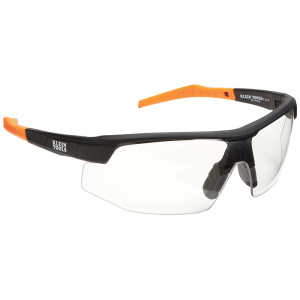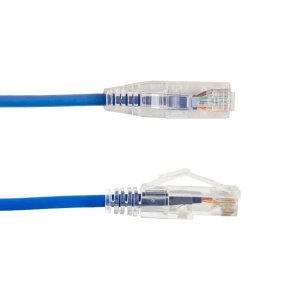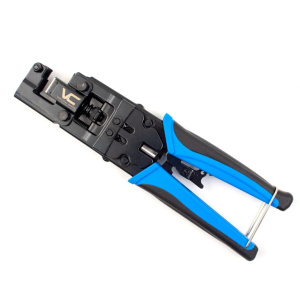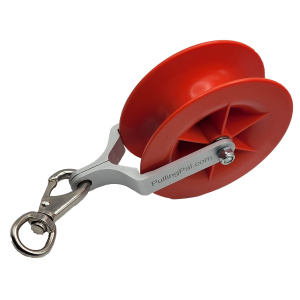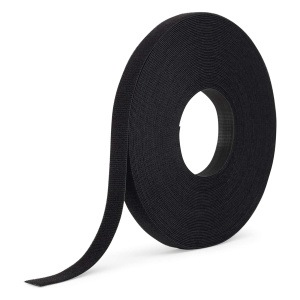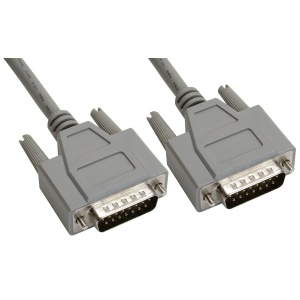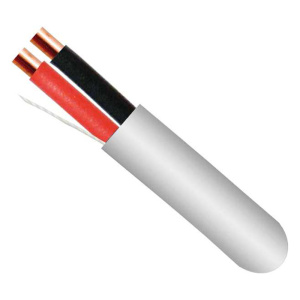Optical fiber cable technology is lighting up the world, making vast distances seem insignificant and breaking down communication barriers at the speed of light. In this comprehensive guide, we will navigate the universe of optical fiber cables, shining a spotlight on how they work, their applications, their history, and the future. So sit back, fasten your seatbelt, and get ready to travel at the speed of light.
The Science of Optical Fiber Cables
Optical fiber cable technology is akin to a technological magic trick. It employs light waves to transmit data at lightning speed. Fiber optic cables are filled with strands of glass or plastic, thinner than a human hair, that guide light along its length. These strands, known as optical fibers, create a highway for light, allowing data to travel vast distances in the blink of an eye.
The ABCs of Optical Fiber Cable Technology
Optical fiber cables rely on two key concepts: total internal reflection and light modulation. Light rays are bounced within the fiber core, creating a zigzagging effect, keeping the light trapped within the core due to total internal reflection. This, combined with light modulation, forms the basis of optical fiber cable technology.
Types of Optical Fiber Cables
In the realm of optical fiber cables, there are two main protagonists: single-mode and multi-mode fibers. Single-mode fibers allow light to take one path – straight down the middle, enabling data to travel longer distances. On the other hand, multi-mode fibers allow light to take multiple paths, making them ideal for shorter distances, but with higher capacity.
The History of Optical Fiber Cable Technology
The history of optical fiber cable technology is as fascinating as its science. It’s a journey of relentless human innovation and determination to overcome the constraints of time and space.
From Idea to Innovation
The initial concept of using light to communicate dates back to the 19th century. However, it wasn’t until 1966 when engineers Charles Kao and George Hockham proposed the use of fiber optics as a telecommunications medium that the technology started to take form.
Breaking Barriers: The First Generation of Optical Fiber
The first generation of fiber optic cables emerged in the 1970s. These cables, although revolutionary, had a relatively high signal loss compared to the modern standards. Still, they marked the beginning of a new era in telecommunications.
Applications of Optical Fiber Cable Technology
Optical fiber cables are everywhere, often unseen but always there, working in the background, delivering high-speed internet, broadcasting television signals, enabling telephone communication, and much more.
Internet Connectivity
Without optical fiber cable technology, the internet as we know it wouldn’t exist. Fiber-optic internet is fast, reliable, and can handle large amounts of data. It’s the backbone of the internet, connecting the world in ways we could only dream of a few decades ago.
Telecommunications
The telecommunications industry has been revolutionized by optical fiber cable technology. From landline phones to mobile communications, optical fiber cables deliver voice, video, and data at lightning speed.
Medical and Industrial Applications
Optical fiber cables aren’t just about communication. They’re also used in medicine, where they can transmit light into inaccessible parts of the body, and in industries for imaging in hard-to-reach areas, temperature sensing, and laser delivery systems.
The Future of Optical Fiber Cable Technology
Like a beacon in the night, optical fiber cable technology continues to illuminate the path towards a brighter future. The advancements in this field promise to unlock unprecedented communication speeds, bring us closer to quantum computing, and create smarter cities.
Faster Communication Speeds
As technology evolves, so does our need for faster communication speeds. Researchers are constantly pushing the boundaries of optical fiber technology to accommodate this ever-growing demand.
Quantum Computing and Fiber Optics
Quantum computing is the next big thing in computing technology, and optical fiber cables are expected to play a crucial role in its development. By using quantum entanglement, fiber optics could help deliver quantum information at high speeds.
Smart Cities and Fiber Optics
As cities get smarter, the need for robust, high-speed communication infrastructure increases. Optical fiber cables will be instrumental in building smart cities, connecting everything from traffic lights to security systems.
Fueling the IoT Revolution
As more devices become connected under the IoT umbrella, the need for reliable and fast communication networks will increase. Optical fiber cables are poised to meet this demand, further illuminating the digital landscape.
Frequently Asked Questions
1. What is the principle behind optical fiber cable technology?
The basic principle behind optical fiber cable technology is total internal reflection, which allows light to be transmitted over large distances with minimal loss.
2. How have optical fiber cables evolved over time?
Optical fiber cables have evolved significantly since their inception in the 1970s. Today, they are capable of transmitting data at rates reaching hundreds of gigabits per second.
3. Why are optical fiber cables important for our digital age?
Optical fiber cables are the backbone of our digital age. They enable high-speed, reliable internet, making services like video conferencing, streaming, and global communication possible.
4. What are the components of an optical fiber cable?
An optical fiber cable consists of three main components: the core, the cladding, and the buffer coating.
5. What does the future hold for optical fiber cable technology?
The future of optical fiber cable technology looks promising, with potential applications in quantum communication and the Internet of Things.
6. What role do optical fiber cables play in the IoT?
As more devices become connected under the IoT, the demand for reliable, high-speed communication networks will increase. Optical fiber cables are poised to meet this demand.
Conclusion
Illuminating the Field: Optical Fiber Cable Technology, indeed! As we journeyed through the inner workings of optical fiber cables, their historical evolution, their present-day importance, and the exciting future they hold, one thing is clear: these slim strands of glass are more than just conduits of light – they are the lifelines of our digital age. As technology continues to evolve and our reliance on digital communication grows, optical fiber cable technology is set to shine even brighter.

